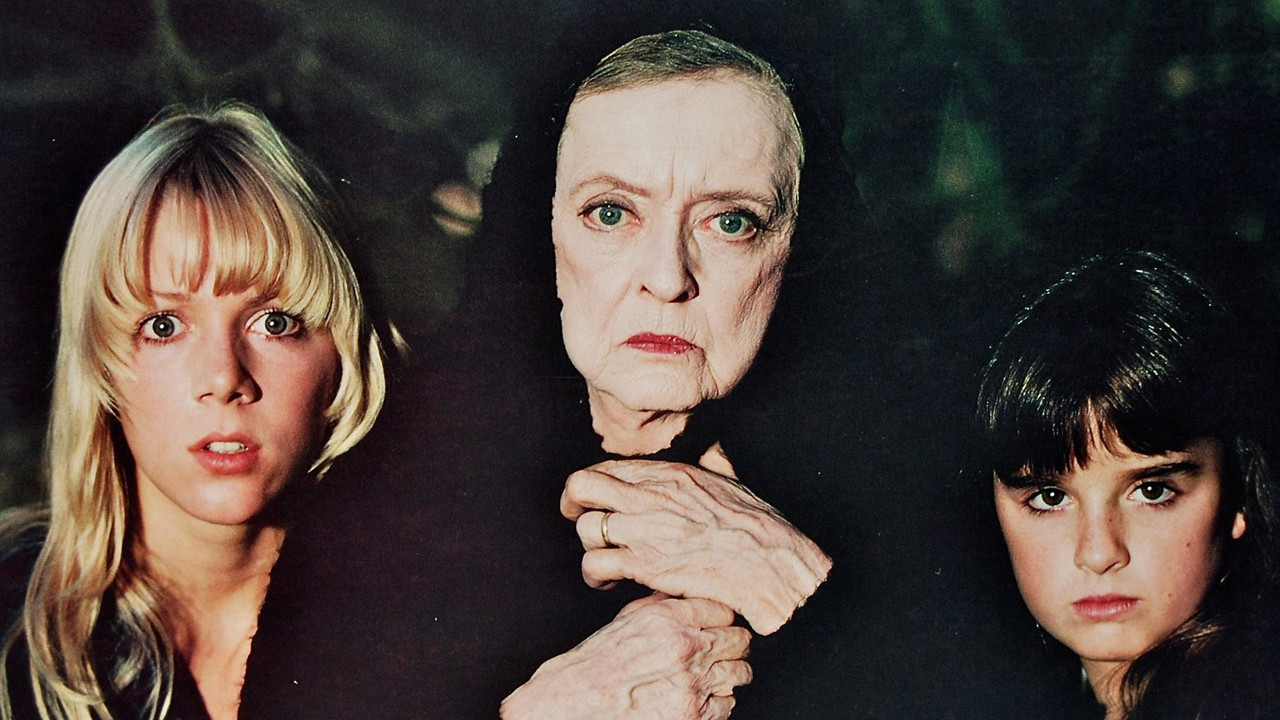
The Motion Picture Association of America makes the rules for American film, from US studios’ access to international markets to the ratings that get slapped on films before they reach audiences’ eyes.
Throughout American film history, MPAA has stepped in to lay guidelines for film assessment, yet these rating standards seem to shift every fifteen or so years. After the fall of outright cinema censorship in the early 1930s, no real scale for rating film existed, but in 1966, Jack Valenti (President of MPAA at the time) had a plan.
In 1966 Valenti started designing a rubric for rating films so that the public would finally know what to expect when it came to content, and he released his rating scale in 1968. By the early 1970s, the scale was adapted again, and when the mid-1980s introduced more gore to the screen, it had to be reshaped again. Eventually, in 1990, the X-rating associated with the ‘80s shifted into R and NC-17, and the rubric was refreshed once more.
The current rating system for films has been in place since this 1990 alteration, and its distinctions between G, PG, PG-13, R, and NC-17 are incredibly useful. Of course, lots of generalization goes into the delineation of these ratings, including the assumptions that most kids aren’t scared by a film like “The Incredibles” but would hardly be able to stand (or understand) “Pulp Fiction.”
Interestingly, the rating demarcation of a film as acceptable for children (generally G or PG) sometimes unintentionally oversteps harsh, frightening, or unsuitable content matter. Sometimes, too, films for children can be disturbing for even adult viewers, and this list is focused on ten such movies.
This following are the top 10 children’s films that would even disturb adults, and none of them have a rating higher than PG. Although the MPAA rating scale judges films based on such categories as violence, language, substance abuse, nudity, and sexual content, it has a blind spot when it comes to “the disturbing,” an admittedly broad aesthetic category.
The films below don’t necessarily undermine the sanctity and reliability of the current film rating rubric, but they should help us remember that even the most innocuous-seeming films for the most innocent audiences can pack quite the thematic punch.
10. James and the Giant Peach
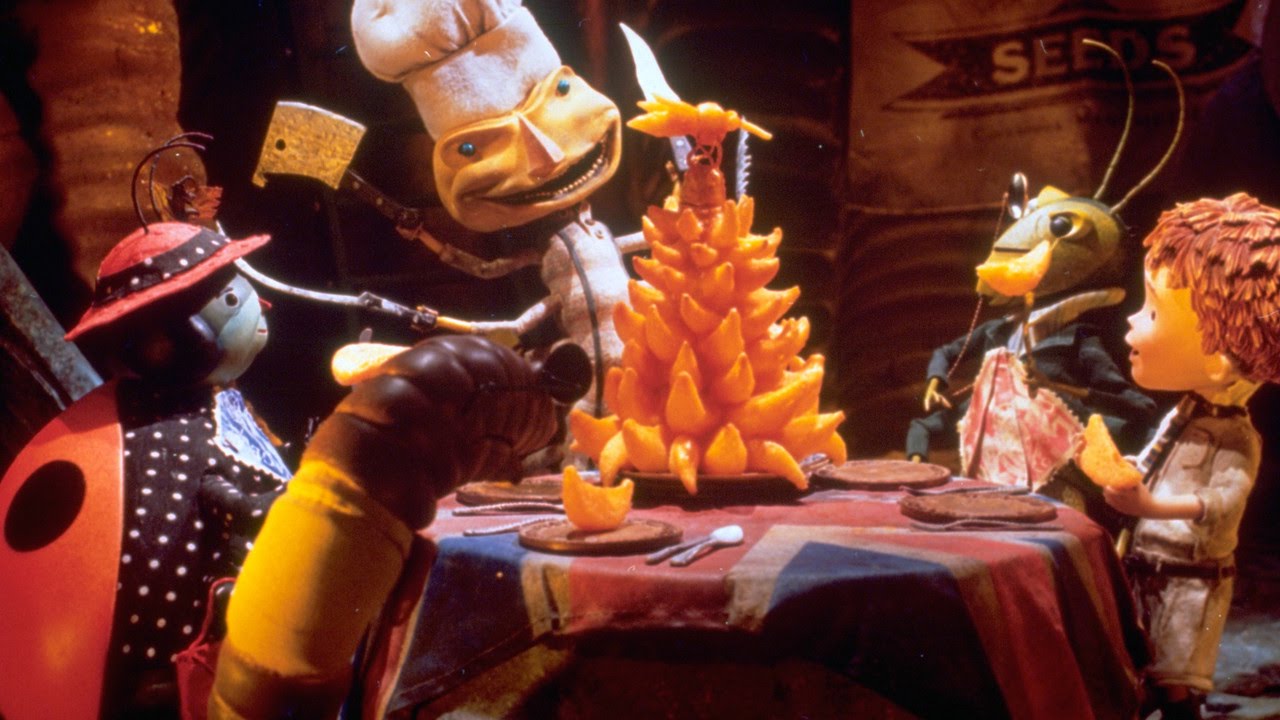
Roald Dahl’s 1961 children’s book “James and the Giant Peach” about child abuse, magic, and escape into the imagination was adapted into film in 1996, but its effects still linger on audiences new and old. To give you an idea of what this film has in store, on the production team were such experts of dark children’s film as Henry Selick (a stop-motion animation director known for “The Nightmare Before Christmas” as well as this film and “Coraline,” mentioned as number eight on this list) and Tim Burton (no explanation required, but he features on this list multiple times). Their adaptation of this troubling story is brilliantly alarming.
The team uses animation type to accent what’s happening to the protagonist, starting with live action, moving to stop-motion animation for a majority of the film, and ending in live action again. Because the bulk of the film takes place with stop-motion animation, the experiences of the protagonist James seem lighthearted and believable when they should alert the audience to something really heavy distressing him. We must remember that “normal” boys don’t eat their way into huge peaches, become personal friends with bugs, and fly peaches to safety in New York City.
Essentially, the plot of the film follows the misery of James, a young boy who’s constantly abused by his cruel aunts. One night, he receives magic worms by the help of a strange traveling man. The worms get away, to James’s dismay, but he finds a huge peach the next morning from where some worms had found dinner the night before. His aunts try to turn the peach into a tourist attraction, but James eats his way into it and becomes an animated boy. The animated insects and arachnid inside help him move the peach all the way to NYC, overcoming feats like flight, waterways, and huge mechanical sharks. Oh! and there are musical numbers spattered throughout the entire production.
Overall, “James and the Giant Peach” is eerily heartwarming, but the whole story feels like a psychological allusion to James’s mental breakdown and attempts at finding solace through imagination alone. That darker reading isn’t even too far-fetched because many of Roald Dahl’s books have similarly troubling twists. This film is guaranteed to stick with you – if you can stand it!
9. Mr. Boogedy
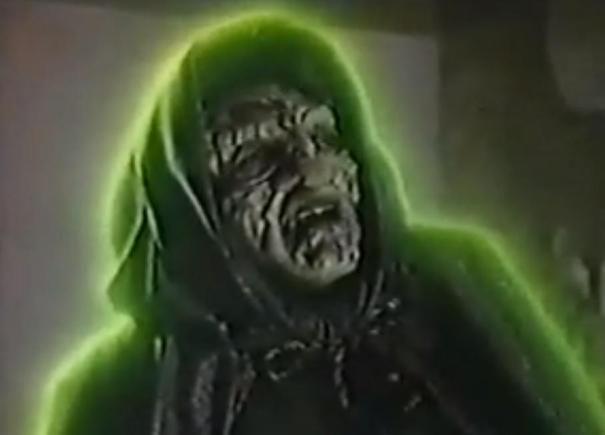
This made-for-TV Disney special received little critical attention during its release in 1986, but it is absolutely marvelous. It presents a plot that revolves around family (typical for children’s films), but it proves that even the most functional familial relationships can be overtaken by household ghosts – unless they stick together!
In “Mr. Boogedy,” the title references the ghost that causes all the problems, but his real name was William Hanover. In colonial times, this spirit was a man who wanted to woo the Widow Marion, but she did not return his affections. Here’s where it gets disturbing.
Rather than accept Marion’s wishes and leave her alone with her son, Hanover makes a deal with the devil to seduce her, kidnaps her son, and manages to kill all three of them while casting his first spell. In this tale, the lowest point of the plot comes from the fact that the ubiquitous and much-hated friendzone turns a bitter old man’s heart to stone – to the effect of dangerous consequences.
Really though, “Mr. Boogedy” is about the family who moves into the house built on the plot where Marion, her son, and Hanover died, and their experiences with the ghosts are hilarious and cheesy, while disconcerting.
The most disturbing point of this film has to be when the creepy Mr. Witherspoon tells the backstory of so-called Mr. Boogedy through a pop-up book in his eerie town shop. If you really think about it, this film is pretty messed up, but it comes off as a bellyful of laughter for your family to enjoy.
8. Coraline
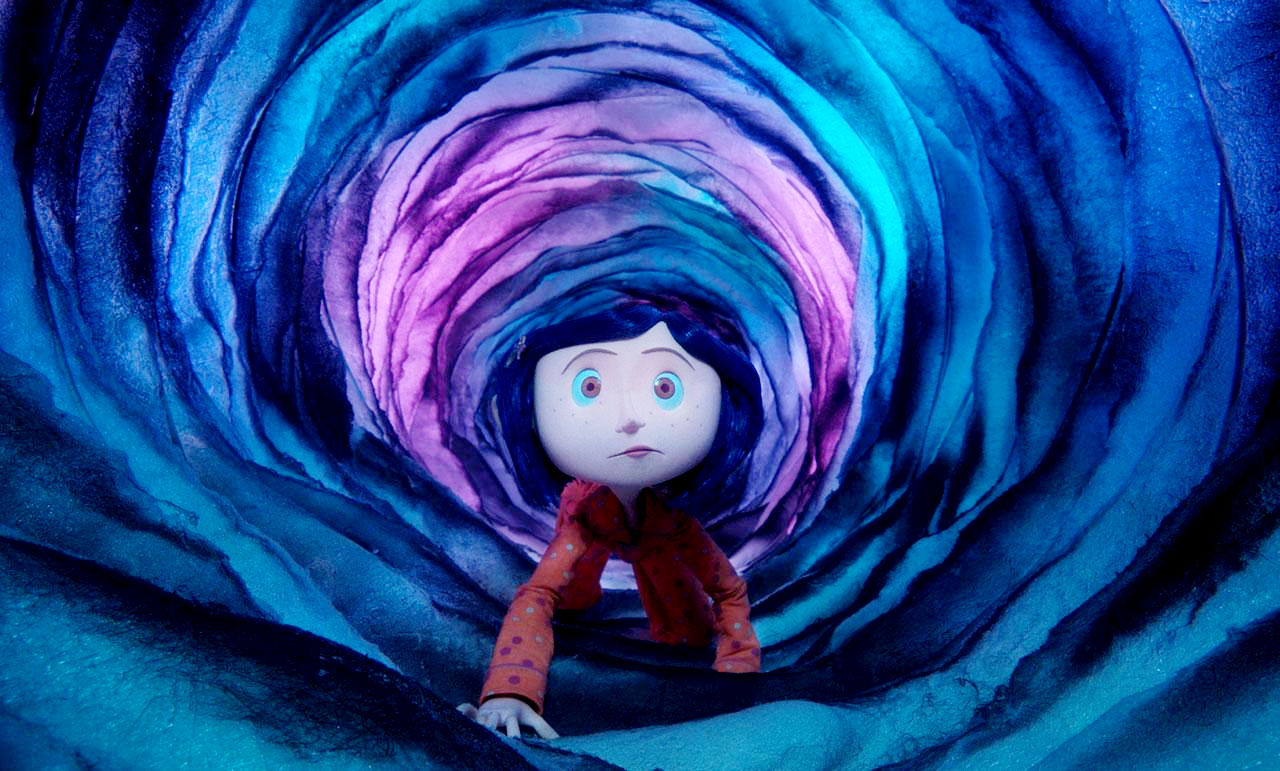
This film from 2009 is based on an award-winning novella with the same title by Neil Gaiman. It features a young girl named Coraline who’s filled with angst, and her story is told through colorful stop motion animation. Somehow, the colors of Coraline’s world can’t compare with the melancholy she feels inside, and she seeks more than the world her parents provide for her.
As the film’s tagline suggests, however, Coraline should have been more careful what she wished for in hoping her parents away. The world she inhabits can make her wishes come true, but at great cost. At nighttime, Coraline regrets her drab new life, she feels miffed at her parents, so she starts to “dream” of another world where an Other Mother and Other Father live in contentment and spoil her to no end.
With the help of a mangy cat, she comes to realize that a witch in the guise of the Other Mother has cast a spell on the house allowing her dream world to be, surprisingly, quite real. In this world, Coraline has everything she could possibly want, and she can stay there! Granted she gives the Other Mother her soul, becomes a doll/ghost, and lets the Other Mother sew buttons onto her eyes. Jeez – that’s undeniably messed up. In the end, Coraline must decide for herself which world and which family she wants, and the process is enough to give any child (or nostalgic adult) nightmares for years.
7. The Witches
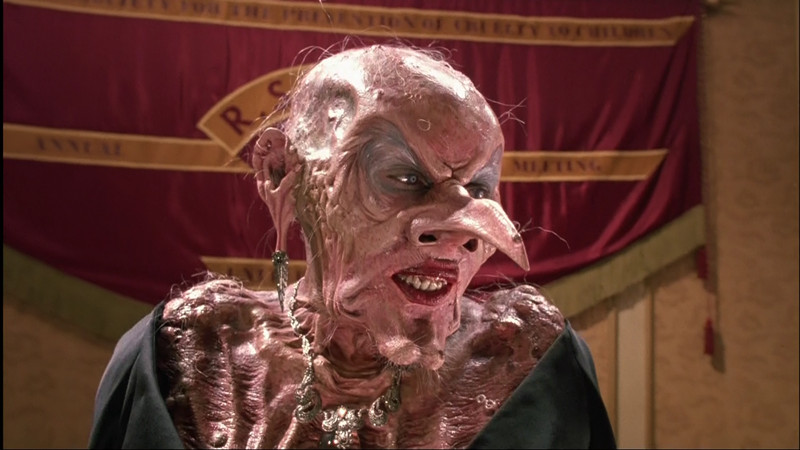
Another film adapted from a book by Roald Dahl graces this list in the form of the 1990 film “The Witches,” and although Dahl authored the children’s book, he absolutely despises the film. For the most part, the film and Dahl’s book are the same: monsters disguised as ordinary women hunt and kill children while one young boy and his grandmother try to stop them.
The visual effects and prosthetics in this film might be the most disturbing parts (other than the bit where “witches” try to eat little children) because they mix the feminine with the gruesome, and the human with the monstrous. They’re on par with the depiction of the devil in “Legend” except that Tim Curry would have to take a human face and skin off to reveal the red demon inside for them to be truly equivalent.
In this Dahlian world, evil monsters dress up as beautiful women before taking their skins off and devouring innocent youths. Thankfully, the ending brings everything to a close and paints the young boy as a hero. It is this ending, though, that causes Dahl to hate this film because it differs significantly from the one he wrote, and if that ending had made the cut, this film would have been even more disturbing. Give “The Witches” a watch and then maybe read the book to see what Dahl thinks you’re missing.
6. Something Wicked This Way Comes
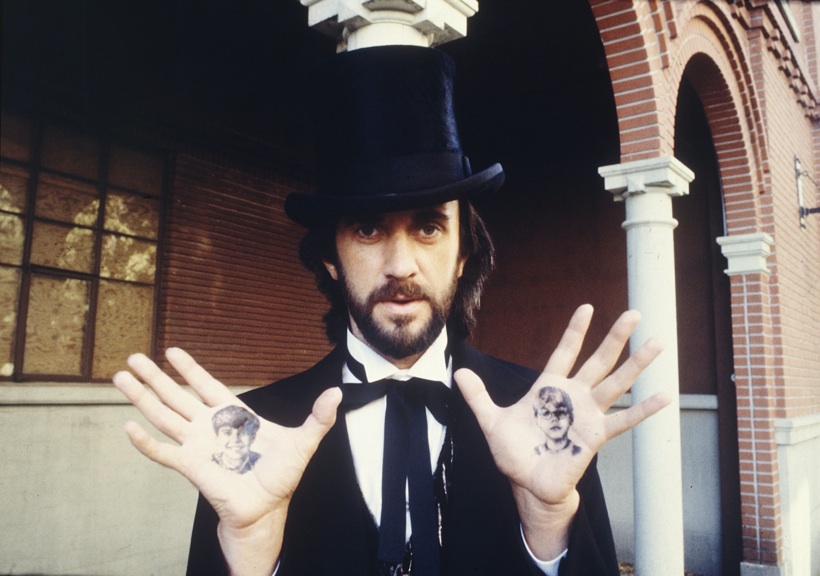
This Walt Disney Productions film based on the 1962 novel of the same name by Ray Bradbury brings in the big guns of child-friendly horror. The studio actually hired Ray Bradbury to write the screenplay, and his penchant for the uncanny and the devastating comes through quite well in the film.
Unfortunately, the 1983 “Something Wicked This Way Comes” didn’t do very well at the box office, and critics debate about its worth. Some critics like Roger Ebert found the film to really capture Bradbury’s tone and substance from the original novel, while others feel the story and its presentation on the big screen were just too weak to thrive.
The film itself is about a pair of young boys who get seduced by the idea of a traveling carnival coming through town. Taking place at the end of October, the film climaxes on Halloween and makes use of some longstanding horror tropes. The antagonist Mr. Dark trades in souls, and he sweetens his deal by giving people exactly what they want in exchange. His “Pandemonium Shadow Show” carnival is just a trick to get the townspeople’s attention, and he takes several victims before the boys catch on and try to help.
What really disturbs about this film are its content and gore. The notion of trading your soul for happiness is portrayed extremely well in “Something Wicked This Way Comes” because the examples that the film features are still relatable despite their clichés. Furthermore, the psychopathic antagonist loses his cool in the ending of the film, and his rage causes him to enact physical pain on the characters, leading to some 80s level gore.
A scene that will stick with you is toward the end when Mr. Dark seeks Will in the library and tortures his father to get what he wants. Whether adult or child, this film will leave you thinking odd thoughts and feeling tough things.